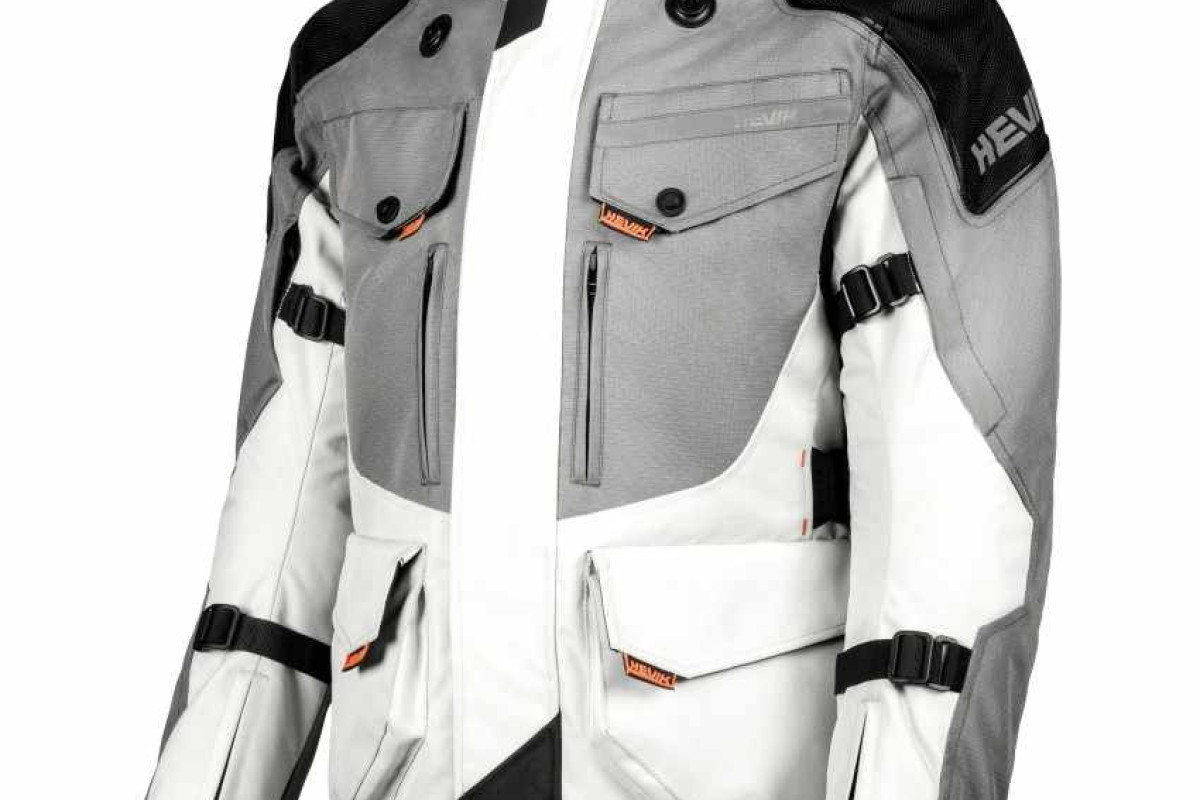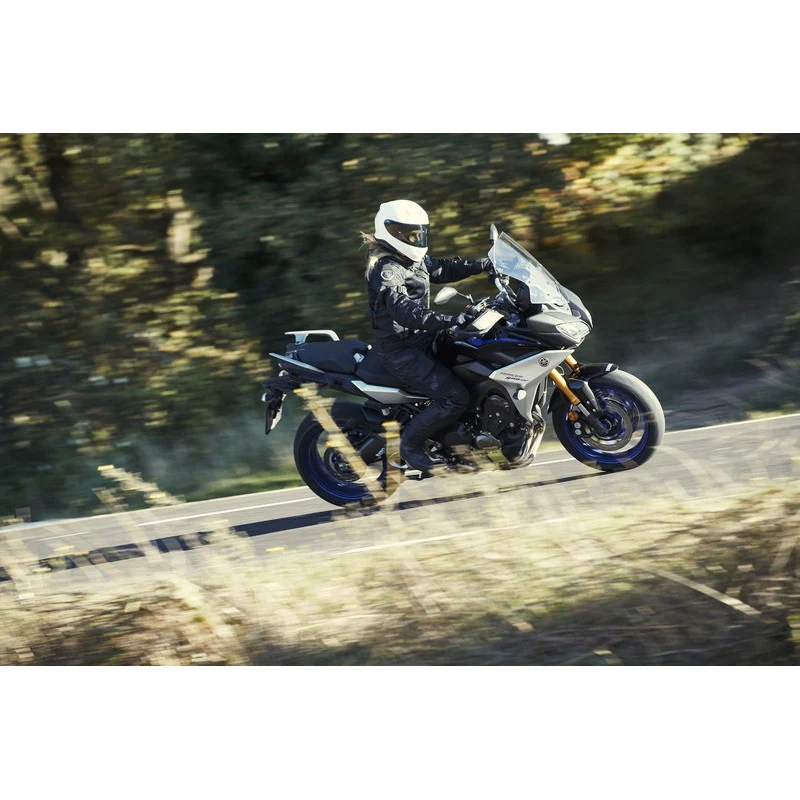
Touring and adventure riding offer unique experiences on the open road, often involving long distances and varying weather conditions. Whether you’re embarking on a cross-country tour or exploring off-road trails, having the right gear is essential. A motorcycle jacket designed specifically for touring and adventure riding provides the perfect balance between comfort and protection. In this article, we will delve into the key features and considerations that make a motorcycle jacket ideal for these types of riding, helping you make an informed decision.
Safety Features
Safety should be your top priority when selecting a motorcycle jacket for touring and adventure riding. Look for the following safety features that enhance protection:
a. Armor: Jackets should have built-in armor, typically in the form of CE-approved protectors, for the back, shoulders, and elbows. These protectors absorb impact and reduce the risk of injuries during accidents.
b. Abrasion resistance: The material of the jacket should be highly resistant to abrasion. Textile jackets made from high-denier nylon or polyester fabric offer excellent abrasion resistance. Look for jackets with reinforced panels in high-impact areas for added protection.
c. Reflective elements: Visibility is crucial, especially during long rides and in low-light conditions. Look for jackets with reflective elements or piping that enhance your visibility to other motorists.
d. Reinforced stitching: Jackets should have sturdy stitching in critical areas to ensure the jacket remains intact even during rough rides or potential crashes.
e. Ventilation: Although comfort is discussed in detail later in this article, ventilation is also a safety consideration. Proper airflow prevents excessive sweating, which can lead to discomfort and distraction.
Material
The choice of material for a touring and adventure riding jacket is crucial in determining its durability, comfort, and weather resistance. Consider the following options:
a. Textile: Textile jackets are popular for touring and adventure riding due to their versatility, comfort, and weather resistance. Look for jackets made from high-denier nylon or polyester fabric, which offer excellent abrasion resistance. Additionally, consider jackets with advanced technologies like Gore-Tex or Cordura for enhanced water resistance and breathability.
b. Leather: While leather jackets are not as common for touring and adventure riding, they still offer excellent protection and durability. Consider jackets made from thick, full-grain cowhide leather for maximum abrasion resistance. Keep in mind that leather jackets may not be as versatile in varying weather conditions, especially in terms of breathability.
Fit and Comfort
Comfort is of utmost importance during long rides. A properly fitting jacket can make all the difference. Consider the following factors:
a. Fit: The jacket should fit snugly but not be overly tight. It should allow enough room for movement and layering clothes underneath. Pay attention to sleeve length, shoulder width, and waist adjustment options to ensure a personalized fit. Consider jackets with adjustable straps at the waist, cuffs, and collar for a customizable fit.
b. Length: For touring and adventure riding, a jacket that covers your lower back and extends over your waistline provides better protection against wind and road debris. Longer jackets also offer additional coverage when riding in a more upright position.
c. Mobility: Look for jackets with pre-curved sleeves and stretch panels that allow for easy movement and flexibility. This is especially important for adventure riding, which may involve off-road sections where maneuverability is critical.
d. Layering: Consider jackets with removable liners that provide versatility in different weather conditions. These liners can be added for insulation during colder rides or removed for increased breathability in warmer weather.
e. Ventilation: Proper airflow is crucial for comfort during long rides. Look for jackets with ventilation features such as zippered vents or mesh panels that allow for optimal airflow and temperature regulation.
Storage and Convenience
Touring and adventure riding often require carrying essential items and gear. Look for jackets with storage options and convenient features:
a. Pockets: Ample storage is essential. Look for jackets with multiple pockets, both on the exterior and interior, for carrying items such as maps, wallets, phones, and keys.
b. Connection options: Some jackets come with zippers or fasteners that allow you to attach them to compatible pants, forming a complete riding suit. This ensures that your jacket and pants stay securely connected, increasing overall protection.
c. Adjustability: Jackets with adjustable features such as waist straps, sleeve zippers, and collar closures allow you to customize the fit and comfort according to your needs.









